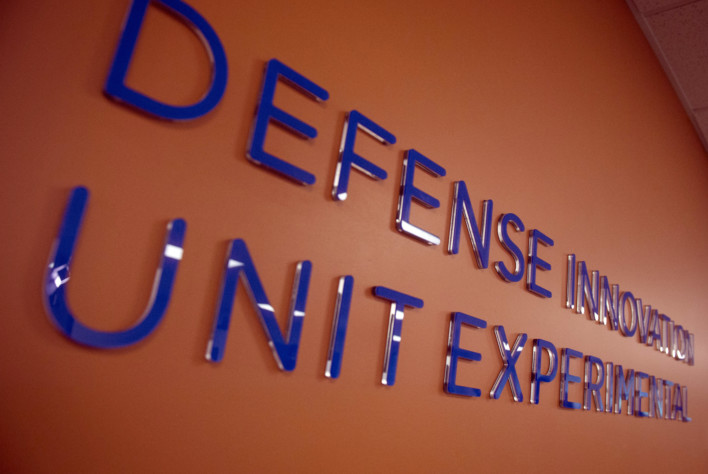- Jan 6, 2017
- 835
US Department of Defense is offering $100,000 for AI algorithms.
The US Department of Defense has announced it is offering a total prize fund of $100,000 for artificial-intelligence algorithms that can help to correctly identify disparate items in satellite images of disaster-struck areas such as semi-destroyed buildings, bridges and trucks.
The Pentagon’s Defense Innovation Unit Experimental (DIUx) has decided to attempt to leverage the private sector’s recent progress in artificial intelligence. The contest has been called the xView Detection Challenge, and will begin this month. Successful entrants to the competition will be given a large data-set of hand-annotated satellite images so they can write and fine-tune specialized algorithms to identify details relevant to disaster relief and humanitarian missions.

US Department of Defense is offering $100,000 for winning AI algorithm.
Collaboration
The challenge has been launched in direct collaboration with the National Geospatial-Intelligence Agency (NGA) to help support the agency’s work in future events where they could provide relief efforts, such as Hurricanes Harvey and Irma.
One particular goal of the competition is to automate analysis of satellite images, and improve the accuracy of such work. ‘xView’ is one of the largest publicly accessible worldwide available datasets of satellite and overhead imagery. Complex images from disaster scenes around the world are traditionally annotated, often by hand, using ‘bounding boxes’.
One million examples
The dataset to be given to prospective competition entrants covers more than 1,400 square kilometers, and contains images in both the visible and infrared spectrum of light. The images contain around one million examples of 60 individual object classes.
And the winner is…
The overall winners of the competition will be those successfully manage to write AI algorithms that can track and identify items such as damaged buildings, tankers, trucks, and industrial machinery with the most consistent accuracy.
The end goal for the challenge is to automate most of the work in future disasters, so that analysts can spend more time directing aid to where it is needed the most.
The US Department of Defense has announced it is offering a total prize fund of $100,000 for artificial-intelligence algorithms that can help to correctly identify disparate items in satellite images of disaster-struck areas such as semi-destroyed buildings, bridges and trucks.
The Pentagon’s Defense Innovation Unit Experimental (DIUx) has decided to attempt to leverage the private sector’s recent progress in artificial intelligence. The contest has been called the xView Detection Challenge, and will begin this month. Successful entrants to the competition will be given a large data-set of hand-annotated satellite images so they can write and fine-tune specialized algorithms to identify details relevant to disaster relief and humanitarian missions.

US Department of Defense is offering $100,000 for winning AI algorithm.
Collaboration
The challenge has been launched in direct collaboration with the National Geospatial-Intelligence Agency (NGA) to help support the agency’s work in future events where they could provide relief efforts, such as Hurricanes Harvey and Irma.
One particular goal of the competition is to automate analysis of satellite images, and improve the accuracy of such work. ‘xView’ is one of the largest publicly accessible worldwide available datasets of satellite and overhead imagery. Complex images from disaster scenes around the world are traditionally annotated, often by hand, using ‘bounding boxes’.
One million examples
The dataset to be given to prospective competition entrants covers more than 1,400 square kilometers, and contains images in both the visible and infrared spectrum of light. The images contain around one million examples of 60 individual object classes.
And the winner is…
The overall winners of the competition will be those successfully manage to write AI algorithms that can track and identify items such as damaged buildings, tankers, trucks, and industrial machinery with the most consistent accuracy.
The end goal for the challenge is to automate most of the work in future disasters, so that analysts can spend more time directing aid to where it is needed the most.


